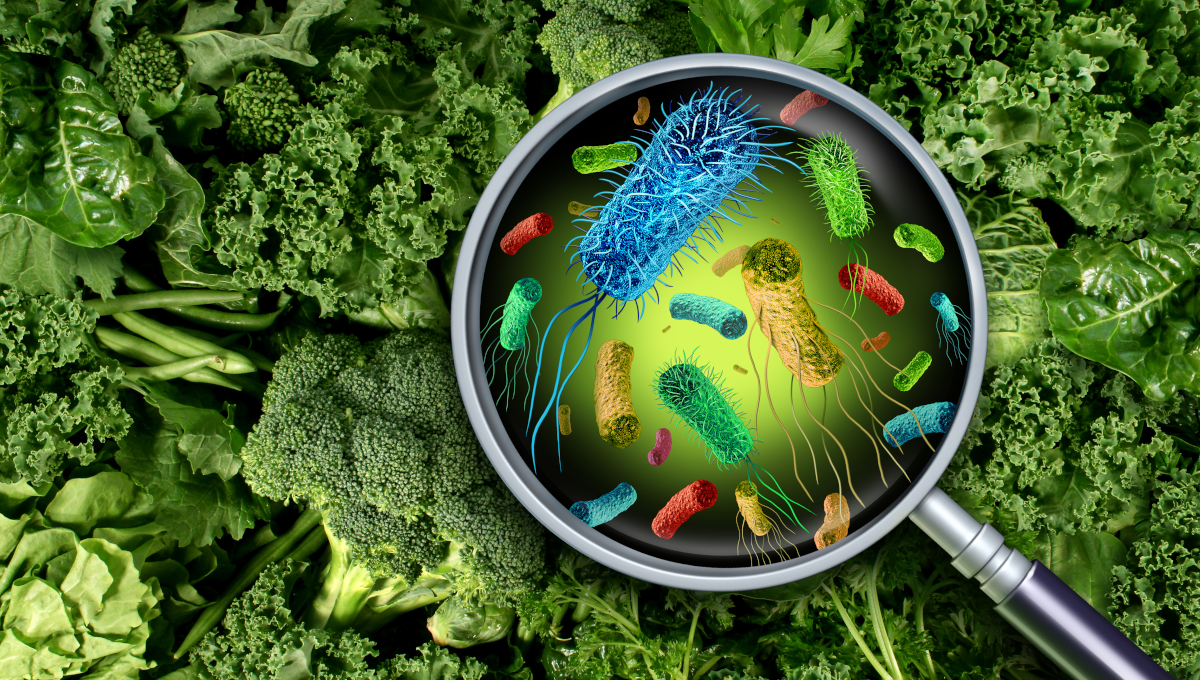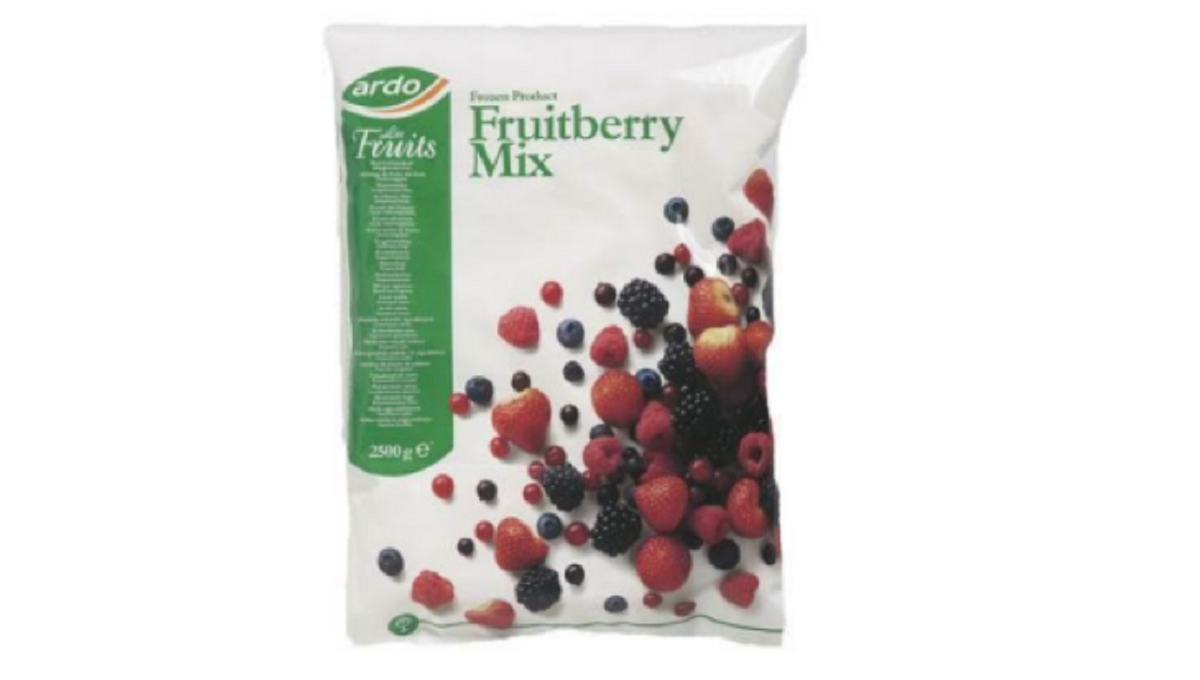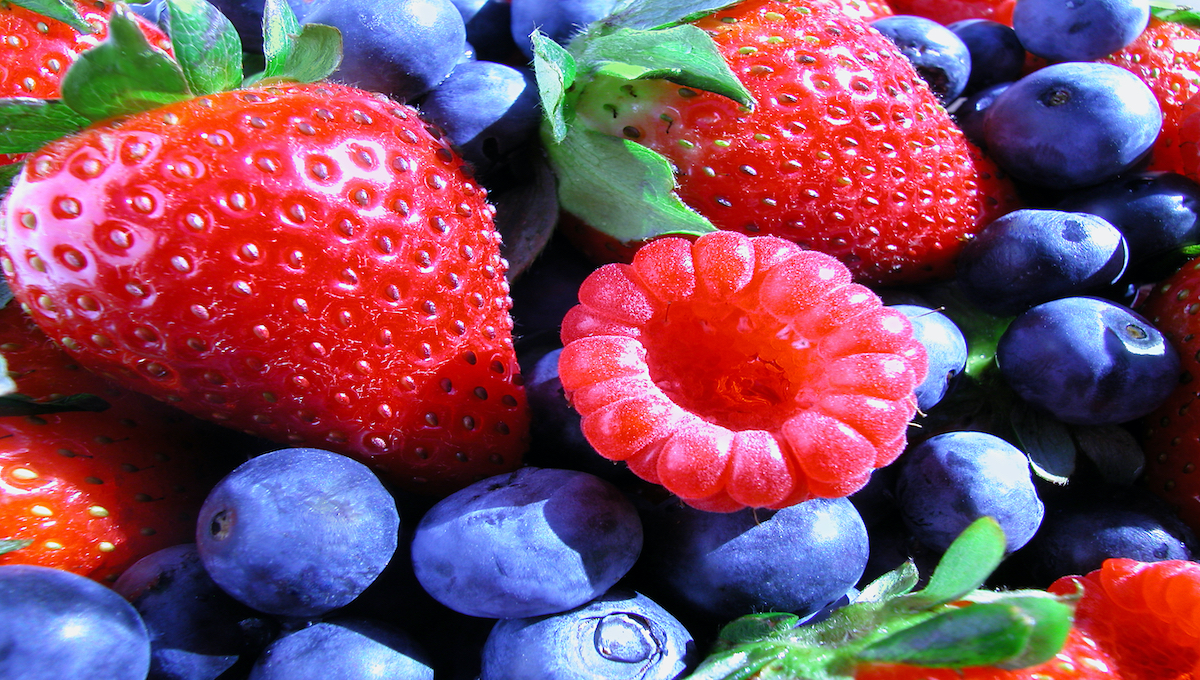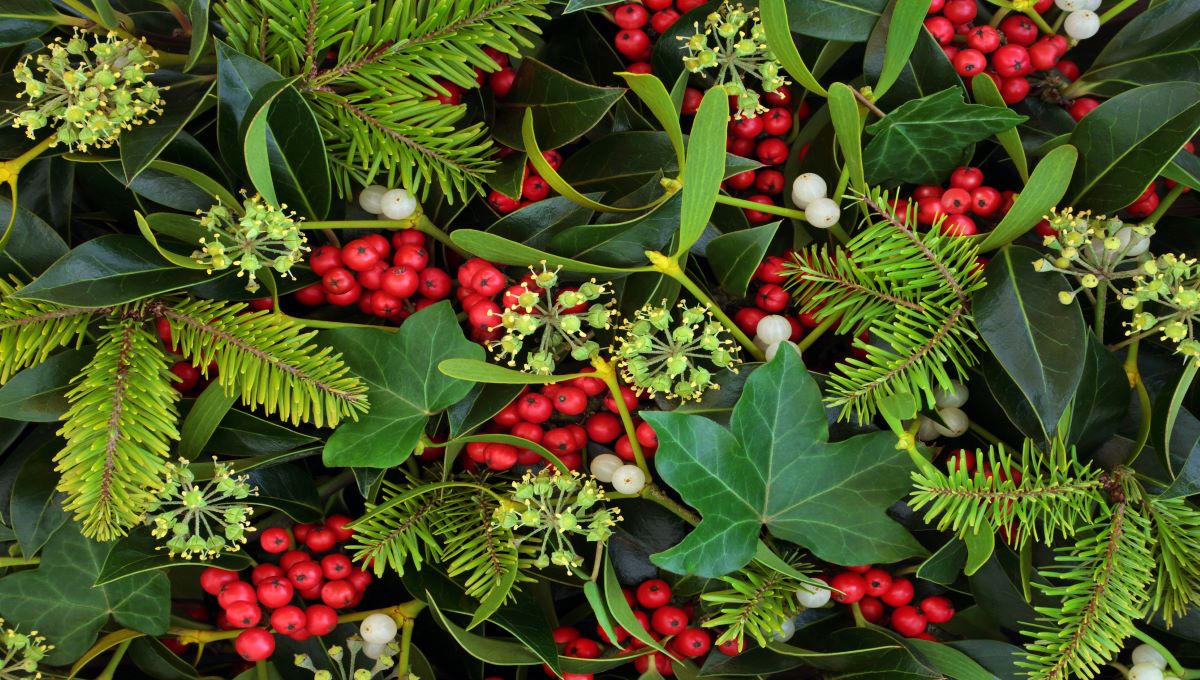FAO and WHO have published the full report of an analysis looking at reducing the risk of microbiological hazards in fresh fruits and vegetables.
The UN Food and Agriculture Organization (FAO) and World Health Organization
Continue Reading FAO and WHO release full report on hazards in produce









